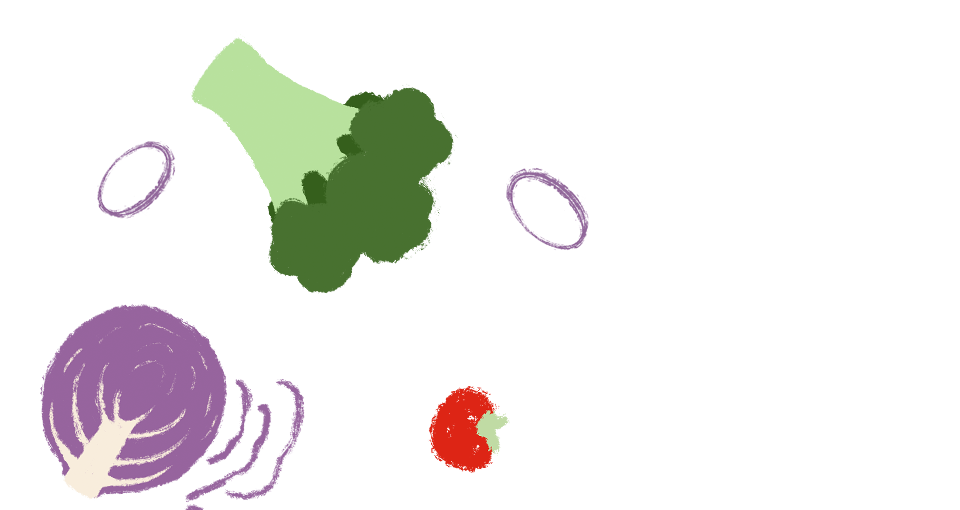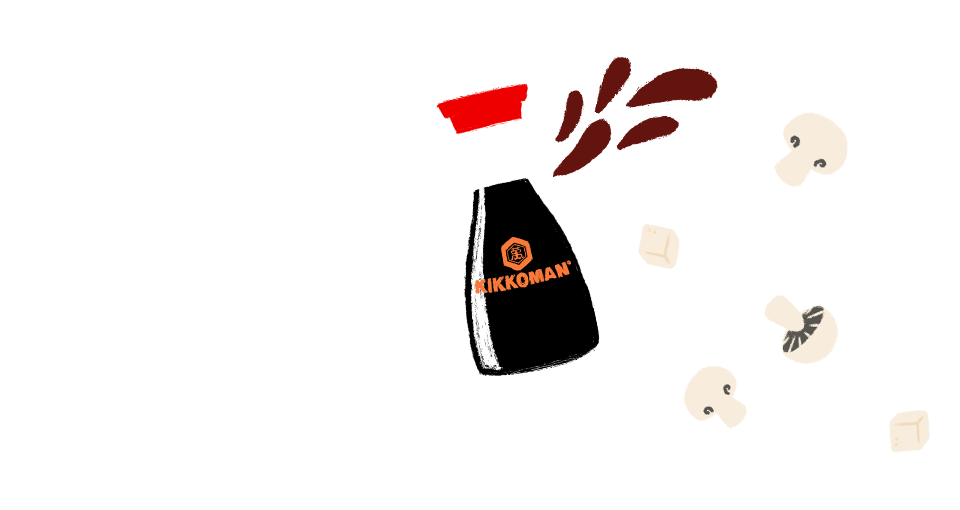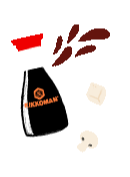Our guide to cooking perfect rice
13. October 2025
![[Translate to Englisch (UK):] [Translate to Englisch (UK):]](https://www.kikkoman.co.uk/fileadmin/_processed_/0/c/csm_UK_Blog_7Steps_Header_2_Desktop_6fc06cbc26.webp)
Cooking rice - the basics
There are so many different methods that TV chefs and cookery authors use it’s no wonder it can be confusing.
Cooking boiled rice is actually very easy if you follow a few basic steps. We have created this guide on how to cook rice to help you achieve perfect fluffy results every time. You’ll never end up with chalky grains of rice or a stodgy mass ever again!
How to cook short-grain rice
Short-grain pudding rice, risotto rice (arborio or carnaroli) and paella rice (bomba) should not be boiled on their own. Instead, they’re cooked together with the other ingredients so they absorb flavour. Their starch is essential for creating a creamy consistency, so never rinse these varieties first. For risotto, the rice is stirred continuously as it cooks to release even more starch.
How to cook sushi rice
Japanese sushi rice is also a type of short-grain round rice, but the rules are different here. It must be washed thoroughly first and then soaked before cooking so the grains swell and develop the desired sticky texture. The biggest difference is the seasoning: after cooking, the sushi rice is seasoned with a mixture of rice vinegar, sugar and salt to create its distinct flavour and texture for sushi. Take a look at our recipe on how to cook sushi rice, which uses our special Seasoning For Sushi Rice vinegar.
Now that you’ve perfected sushi rice, it’s time to have a go at making your own delicious homemade sushi or vegan sushi!
By the way, in addition to traditional raw fish fillings, you can also try sushi with fresh fruit such as apple, persimmon, green mango or kiwi and tinned foods like tuna or sweetcorn.
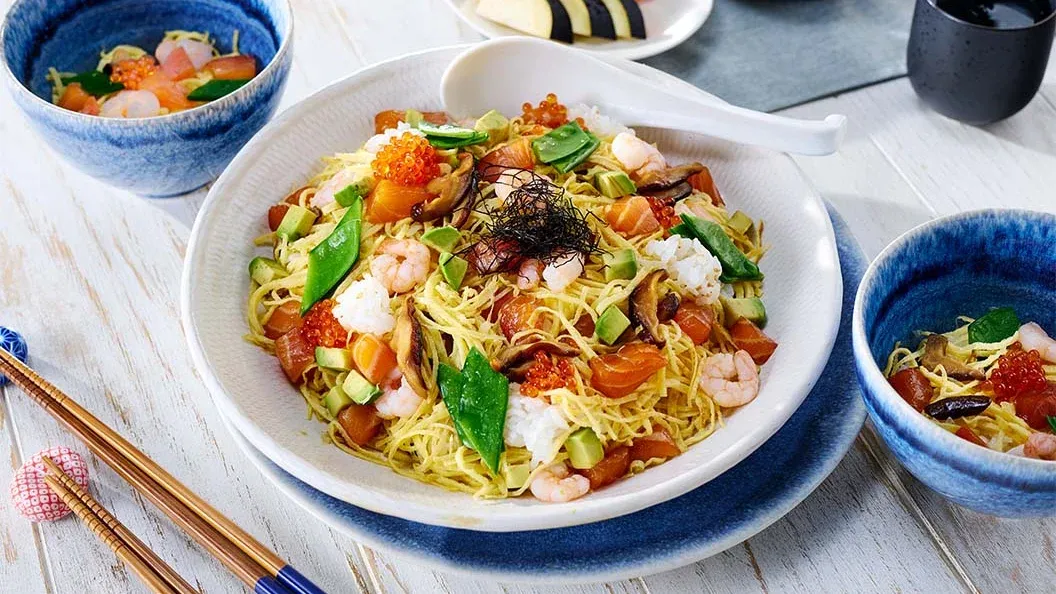
What is the ratio of rice to water for the rice absorption method?
The key secrets to long-grain rice success are:
- Measure the rice by volume in a jug so you know exactly how much water to add
- Never stir long-grain rice while it is boiling because it will release starch and become sticky
You’ll need:
- 1 cup (or weigh 75g per person) of long-grain or basmati rice per serving
- ½-1 tsp salt (optional but helps prevent the rice tasting bland)
- 1 saucepan with a lid
- Sieve/colander
- Fork
Let's go:
- Measure the rice in the cup you are using and level out the top. Tip each serving into a sieve or colander. (If you are weighing out the rice, tip one 75g serving into a jug and make a note of the volume).
- Rinse the rice well in cold water until it runs clear.
- Put the washed rice into a saucepan along with the salt if using. Then measure double the amount of water to rice in the same cup you used and add to the saucepan. So, 1 serving would need 2 cups of water, 2 servings would need 4 cups etc. Or measure double the amount of weighed rice in the jug – so 75g of rice would be 150ml of water. You can use boiling water from the kettle for speed.
- Heat the hob to high and bring the water up to boil. Swirl the pan once to ensure all the grains are evenly distributed.
- Put the lid on and then turn the heat down to the lowest setting. Cook covered for 10 minutes.
- By now all the water should be absorbed. Test the rice is cooked by tasting some. If it needs a bit longer put the lid back on and leave on the low heat for another couple of minutes, then test it again.
- Turn off the heat, fluff up the rice and serve. Or even better, cover with a clean tea towel for 5 minutes so that any residual water is absorbed, then fluff with a fork - the grains will be more separated and lighter textured.
Kikkoman Soy Sauce is a perfect seasoning for freshly cooked rice. Any cold leftover rice can be used for egg fried rice – cook chopped spring onions for a minute in a frying pan, crack in a couple of eggs and let it set, then chop with a spatula into small pieces. Next add the cold rice, some frozen peas, Kikkoman soy sauce and black pepper and stir fry until all hot.

Brown or red rice
Brown or red rice such as Camargue takes longer to cook and needs more water. Use about one and a quarter times the amount of water in the long-grain method above. Soaking the rice for at least 30 minutes helps reduce the cooking time.
How much rice per person
The amount of rice depends on the recipe—whether it’s served as a side dish or forms part of a dish with many other ingredients such as paella or jambalaya. As a general guide, allow 50-75 g of uncooked rice per person.
How long does it take to cook rice
Cooking time depends on the type of rice and the method used. In general it ranges from 15 to 50 minutes. White rice usually cooks fastest, in about 15-20 minutes. Brown rice takes 40-50 minutes. Parboiled rice only needs roughly 20 minutes.
Rice trouble-shooting:
- Rice too hard: Not enough water or not long enough cooking. Add more boiling water and cook for a few more minutes.
- Burnt bottom: Heat was too high during simmering.
- Water not completely absorbed: Not enough water - add a splash more boiling water and cook for 2-3 minutes longer.
- Sticky rice: Too much water or not rinsed well enough.
Best recipes for leftover rice
Got some leftover cooked rice? Don’t throw it out. Cool it quickly by spreading it out on a board. Then pop in a lidded container and store in the fridge and use within 2-3 days.
There are plenty of tasty ways to use up leftover rice…
Try fried rice with spicy eggs and vegetables, or a classic such as nasi goreng. Prefer a snack? Go for yaki onigiri with miso and cheese, or treat yourself to our fusion duck and rice pot with chorizo.
You can also freeze freshly cooked (fully cooled as above) rice into portions in freezer bags for up to a month. Reheat from frozen until piping hot in the microwave to have with chilli con carne or curry.
As you can see, leftover rice can be delicious. And remember 100% pure Kikkoman Soy Sauce is the perfect seasoning for freshly cooked or leftover rice.
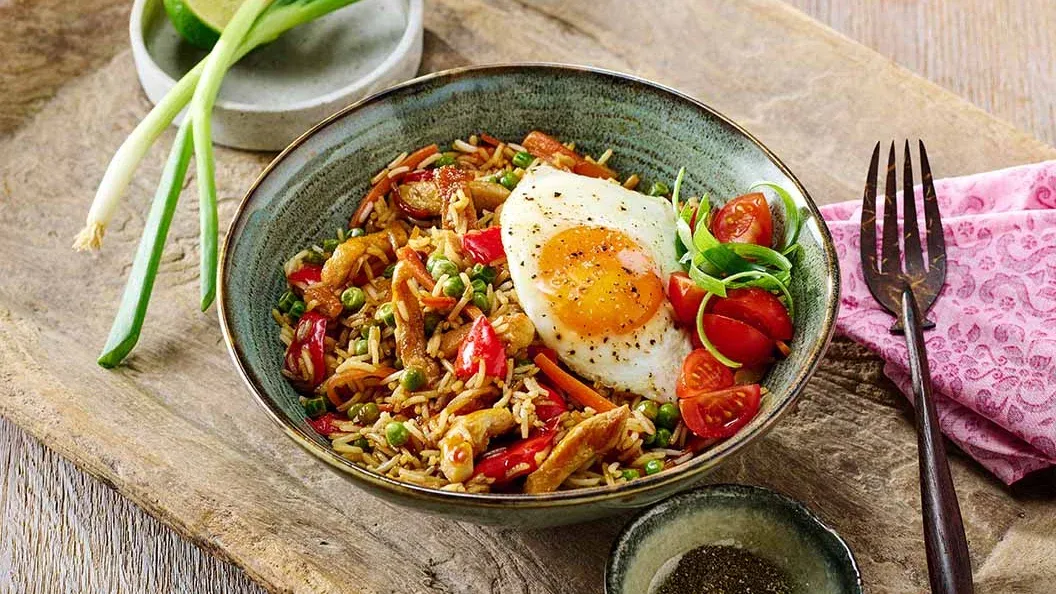

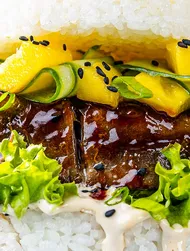








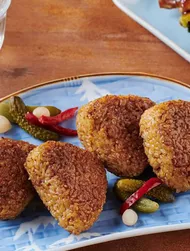
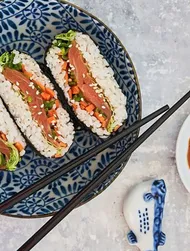
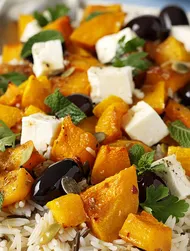



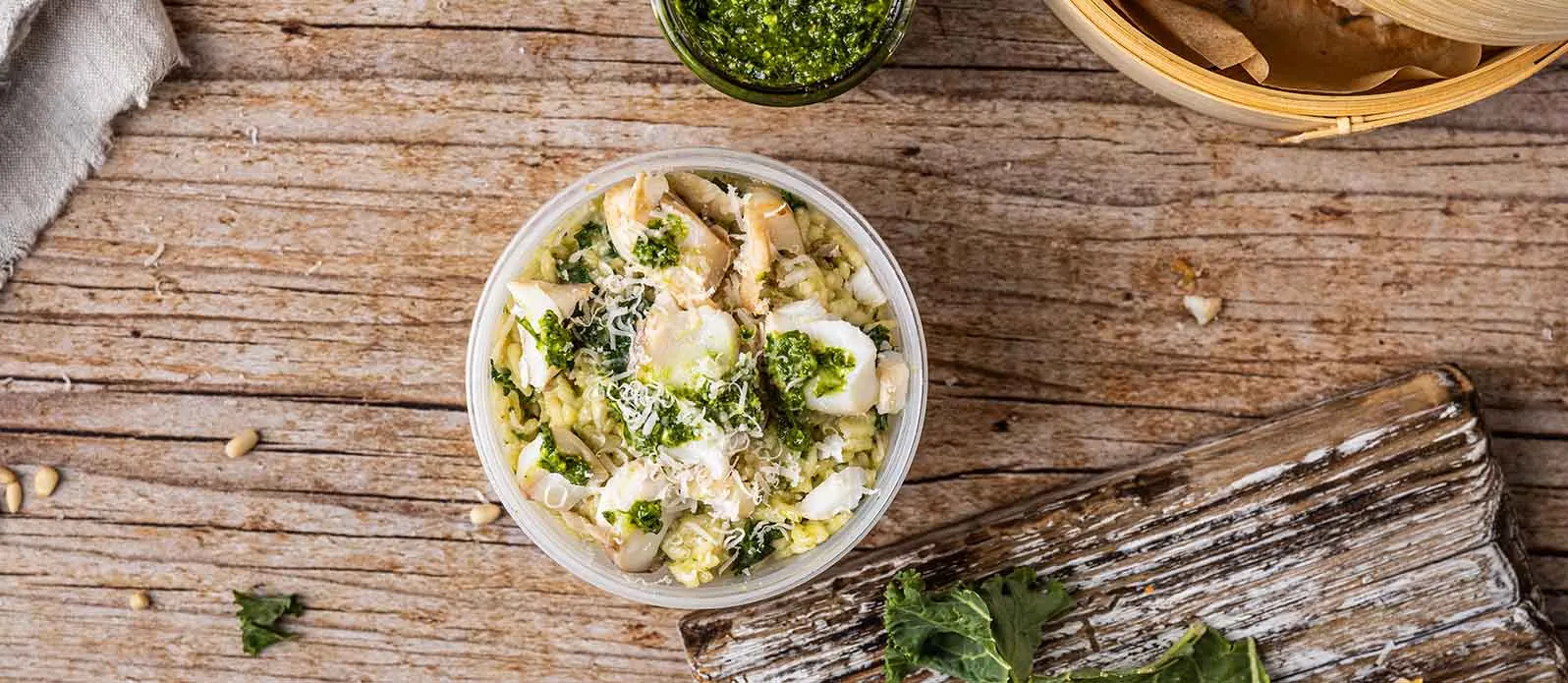
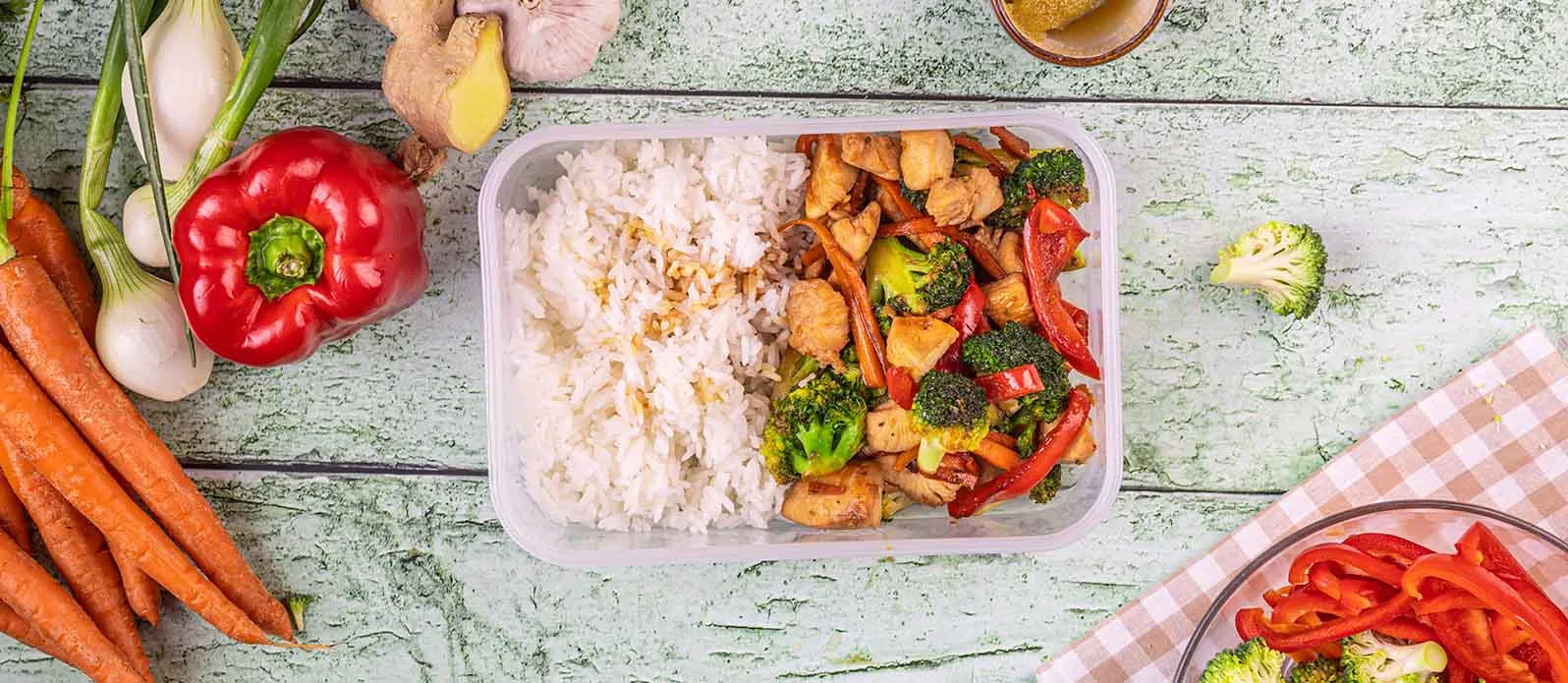
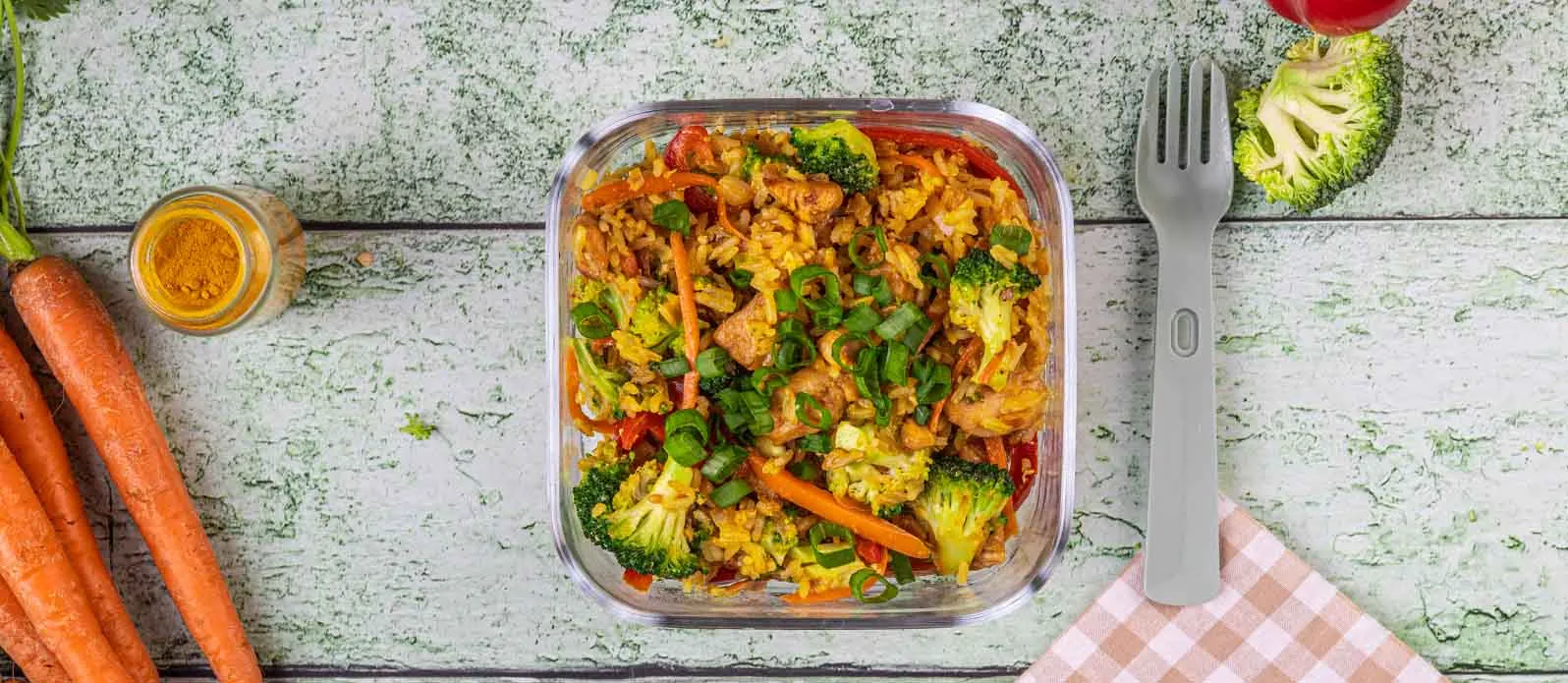
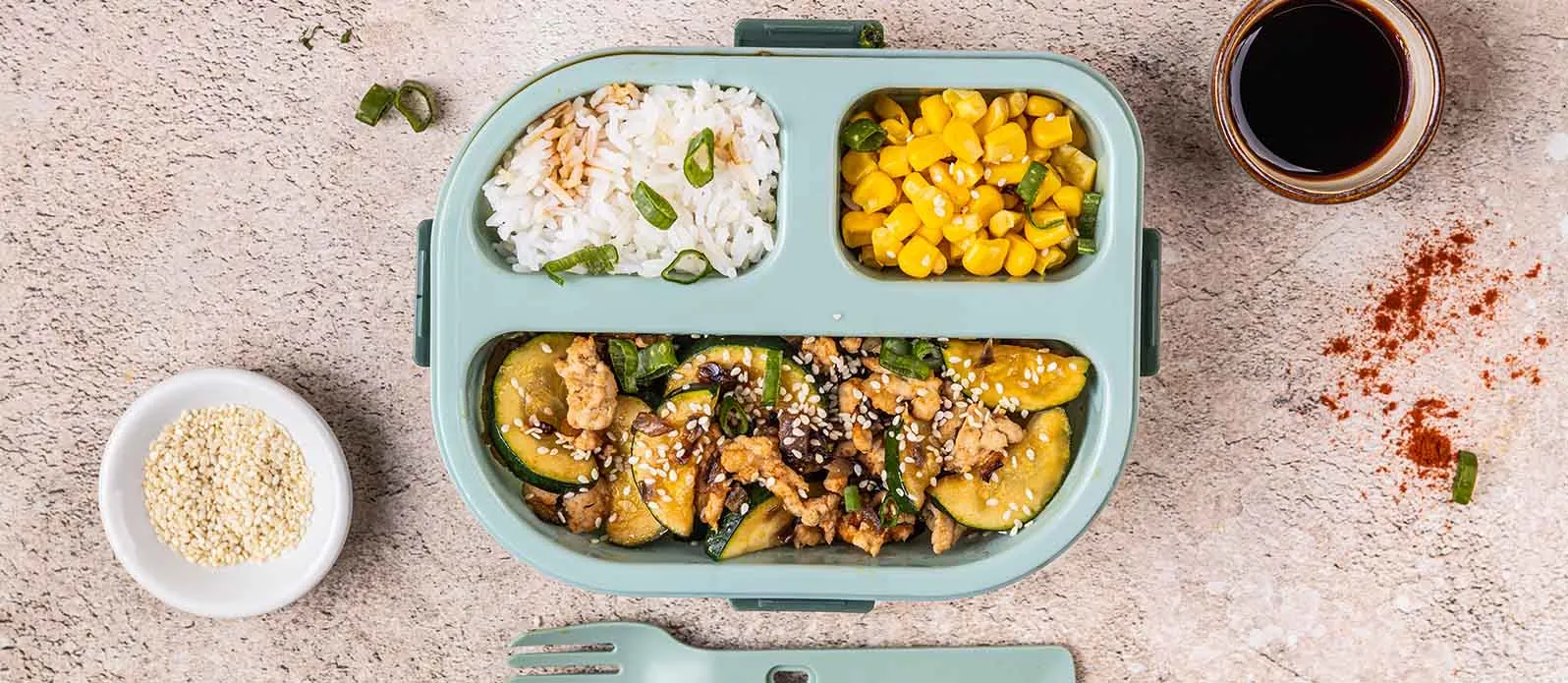
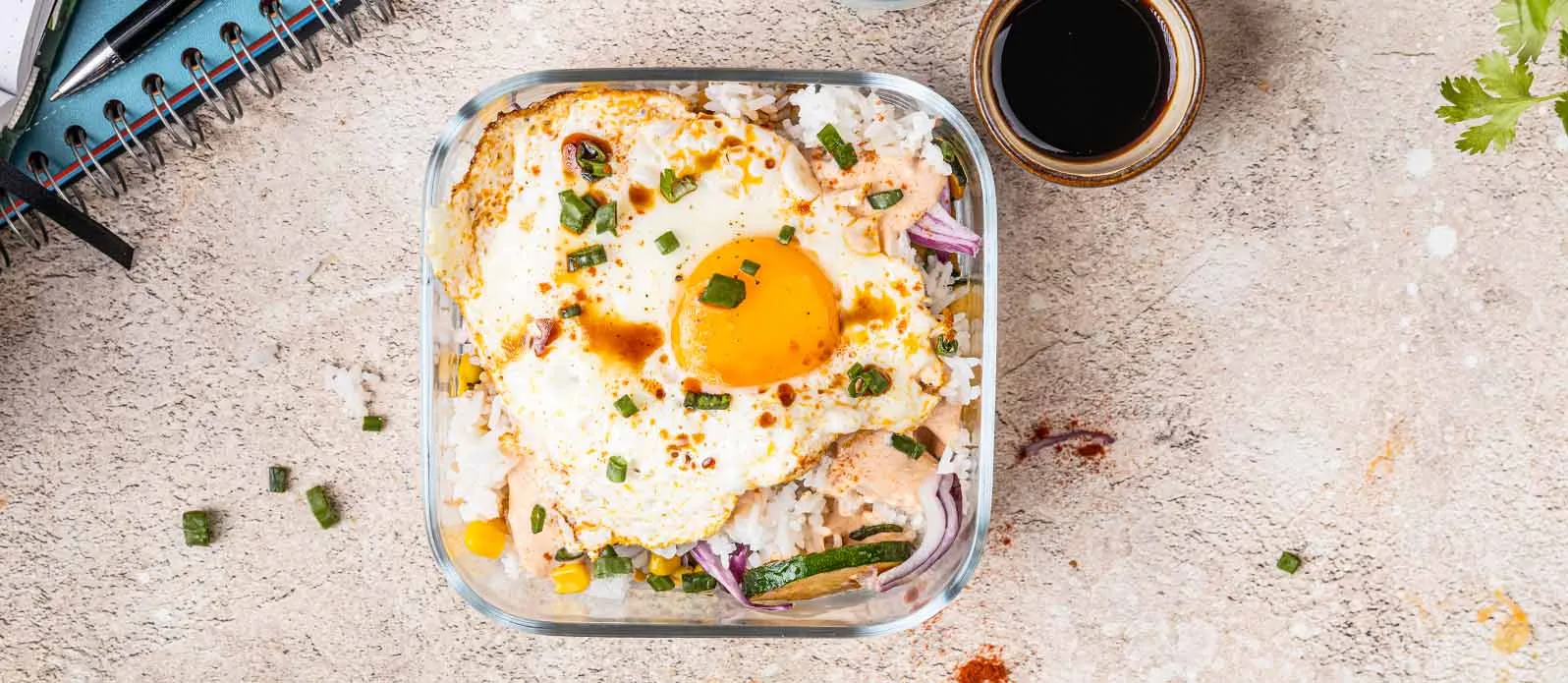








![[Translate to Englisch (UK):] [Translate to Englisch (UK):]](https://www.kikkoman.co.uk/fileadmin/_processed_/b/7/csm_1109-recipe-page-Soy-Honey-Chicken-Wings_mobile_1c380c855c.webp)
![[Translate to Englisch (UK):] [Translate to Englisch (UK):]](https://www.kikkoman.co.uk/fileadmin/_processed_/4/5/csm_1124-recipe-page-Sweetcorn-Feta-Berry-Salad_mobile_99177ae5c1.webp)
![[Translate to Englisch (UK):] [Translate to Englisch (UK):]](https://www.kikkoman.co.uk/fileadmin/_processed_/0/f/csm_Teaser_Kachel_Camping_Collection_2x_bd440c9b23.webp)
![[Translate to Englisch (UK):] [Translate to Englisch (UK):]](https://www.kikkoman.co.uk/fileadmin/_processed_/c/5/csm_MainDishes_recipe-collection_desktop_2x_ef5962097e.webp)
![[Translate to Englisch (UK):] [Translate to Englisch (UK):]](https://www.kikkoman.co.uk/fileadmin/_processed_/e/b/csm_918-recipe-page-pumpkin-hummus_mobile_d372eb934b.webp)
![[Translate to Englisch (UK):] [Translate to Englisch (UK):]](https://www.kikkoman.co.uk/fileadmin/_processed_/b/6/csm_1097-recipe-page-Millet-porridge-with-caramelized-banana_mobile_d3bfd25acd.webp)
